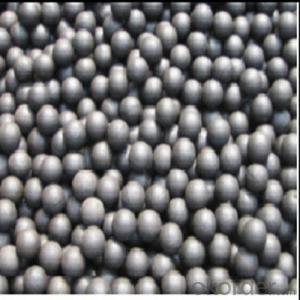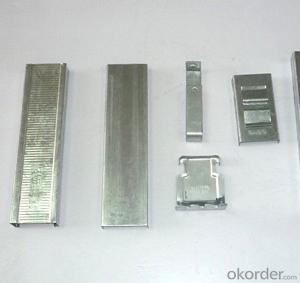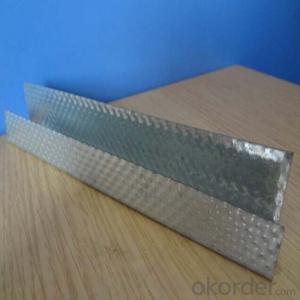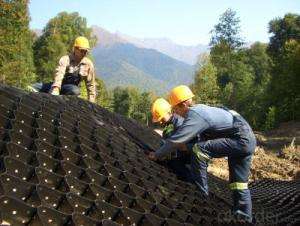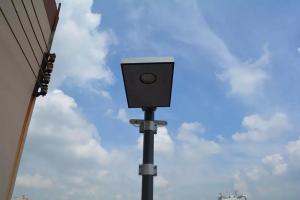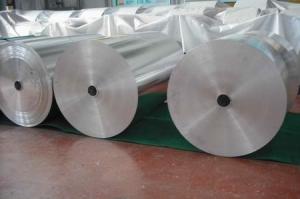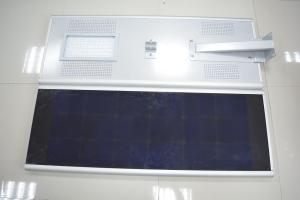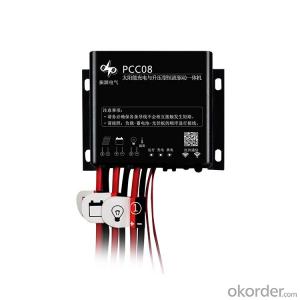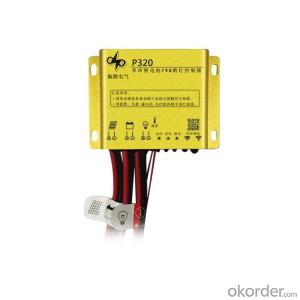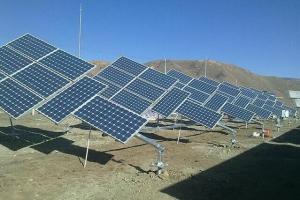Spd In Solar Inverter
Spd In Solar Inverter Related Searches
Surface Grinding Wheels For Hardened Steel Grinding Wheels For Steel Grinding Wheels For Metal Waterproofing Additive For Cement Render 3/8 In Stainless Steel Tubing Stainless Steel Drop In Anchors Scratches In Stainless Steel Purpose Of Inverter In Solar Best Solar Cells In The World Best All In One Solar InverterHot Searches
Steel Mesh Panels For Sale Price For Stainless Steel Scrap Scrap Price For Stainless Steel Cheap High Tea Sets For Sale Stainless Steel Tanks For Sale High Density Fiberboard For Sale Solar Hot Water Collectors For Sale Scaffolding For Sale In Uae Scaffolding For Sale In Ireland Scaffolding For Sale In Houston Type Of Inverter For Solar Price Of Shipping Containers For Sale Stock Price For Aluminum Used Solar Inverter For Sale Portable Led Signs For Sale Stone Hot Water Bottles For Sale Large Led Screens For Sale Used Aluminum Scaffolding For Sale 1/4 Aluminum Plate For Sale Scaffolding For Sale In UaeSpd In Solar Inverter Supplier & Manufacturer from China
Okorder.com is a professional Spd In Solar Inverter supplier & manufacturer, offers integrated one-stop services including real-time quoting and online cargo tracking. We are funded by CNBM Group, a Fortune 500 enterprise and the largest Spd In Solar Inverter firm in China.Hot Products
FAQ
- A solar controller handles the switching of loads by monitoring the battery voltage and determining when it is necessary to connect or disconnect the loads. It ensures that the loads are only connected to the battery when it has sufficient charge, and disconnects them when the battery voltage drops below a certain threshold to prevent over-discharging. This switching mechanism helps optimize the utilization of solar energy and protects the battery from damage.
- Yes, a solar controller can be used with solar panels of different technologies, including monocrystalline, polycrystalline, and thin-film. The purpose of a solar controller is to regulate the charging process of the battery or the power output from the solar panels to ensure optimal performance and prevent overcharging. It does not depend on the type of technology used in the solar panels. However, it is important to ensure that the solar controller is compatible with the voltage and current ratings of the solar panels being used to ensure efficient and safe operation.
- In order to determine the maximum solar panel input current for a solar controller, several factors must be considered and calculations need to be performed. The following steps outline the process: 1. Begin by checking the specifications of your solar controller. The manufacturer typically provides product specifications that include the maximum solar panel input current. Look for the "Max Input Current" or "Max PV Current" rating. This value represents the highest current that the solar controller can handle. 2. Next, determine the maximum current rating of your solar panels. This information is usually available in the specifications or datasheet of the panels. Look for the "Imp" (maximum power current) or "Isc" (short-circuit current) rating. This value represents the maximum current that the solar panels can generate under optimal conditions. 3. Take into account the total number of solar panels in your system. If you have multiple panels connected in series or parallel, you must consider the combined current they generate. In series connections, the current remains the same, while in parallel connections, the currents add up. 4. Check the voltage compatibility. Make sure that the voltage output of your solar panels aligns with the voltage input range of your solar controller. If the voltages do not match, you may need to use a voltage converter or select a different solar controller. 5. Perform the necessary calculations. Multiply the maximum current rating of a single solar panel (Imp or Isc) by the number of panels in the system. If you have parallel connections, add up the currents. For series connections, the current remains the same. 6. Compare the calculated current with the maximum input current rating of the solar controller. If the calculated current is lower than or equal to the maximum input current rating of the solar controller, it is compatible. However, if the calculated current exceeds the maximum input current rating, you will need to either reduce the number of panels or choose a different solar controller with a higher input current rating. Always refer to the product manuals, datasheets, or contact the manufacturer for accurate and specific information regarding your solar panels and solar controller.
- A solar controller is a critical component in a solar power system that regulates the charging and discharging of the batteries. One of the key functions of a solar controller is to prevent reverse current flow at night. During the day, when sunlight is available, the solar panels generate electricity and charge the batteries. However, when the sun sets, the solar panels stop producing electricity, and there is no source of power to charge the batteries. In this situation, if the solar controller did not prevent reverse current flow, the batteries would discharge back into the solar panels, which can cause damage to the panels and decrease the overall efficiency of the system. To prevent reverse current flow at night, a solar controller uses a built-in blocking diode or a solid-state relay. These components allow current to flow from the solar panels to the batteries during the day, but block the flow of current from the batteries back to the solar panels at night. The blocking diode is a one-way valve for electricity, allowing it to only flow in one direction. It is placed in series between the solar panels and the batteries. When the solar panels are generating electricity, the diode allows the current to flow towards the batteries, charging them. However, when the solar panels are not producing electricity, the diode blocks the flow of current from the batteries towards the panels, preventing reverse current flow. Similarly, a solid-state relay is an electronic switch that can be controlled by the solar controller. It is also placed in series between the solar panels and the batteries. When the solar panels are generating electricity, the relay is activated, allowing the current to flow towards the batteries. But when the solar panels stop producing electricity, the relay is deactivated, preventing the flow of current from the batteries towards the panels. By incorporating these mechanisms, a solar controller effectively prevents reverse current flow at night, ensuring that the batteries remain charged and the solar panels are protected from any potential damage.
- The role of a solar controller in preventing battery sulfation is to regulate the charging process of the battery and ensure that it is done efficiently and effectively. By monitoring the battery voltage and current, the solar controller can prevent overcharging, which is a major cause of battery sulfation. It also controls the charging rate to avoid undercharging, which can lead to sulfation as well. Overall, the solar controller plays a crucial role in maintaining the optimal charging conditions for the battery, thereby preventing sulfation and prolonging its lifespan.
- Yes, a solar controller can be used with solar-powered indoor waste recycling systems. A solar controller is a device that regulates and manages the flow of electricity from solar panels to batteries, ensuring optimal charging and preventing overcharging or damage to the batteries. In the case of indoor waste recycling systems powered by solar energy, a solar controller is necessary to ensure that the solar panels are efficiently charging the batteries that power the system. This allows for continuous operation of the waste recycling system even in low-light or cloudy conditions. Thus, a solar controller is an essential component in maintaining the functionality and efficiency of solar-powered indoor waste recycling systems.
- Yes, a solar controller can be used in a solar-powered submarine. A solar controller manages the flow of electricity from the solar panels to the batteries, ensuring that the batteries are charged efficiently and preventing overcharging. In a solar-powered submarine, the solar controller would be essential for regulating the power generated by the solar panels and storing it in the batteries to power the submarine's systems and propulsion.
- Yes, a solar controller can be used with a solar-powered drone. A solar controller is responsible for regulating the power flow between the solar panels and the drone's battery, ensuring efficient charging and preventing overcharging. It helps optimize the use of solar energy and ensures the drone operates smoothly and reliably.


